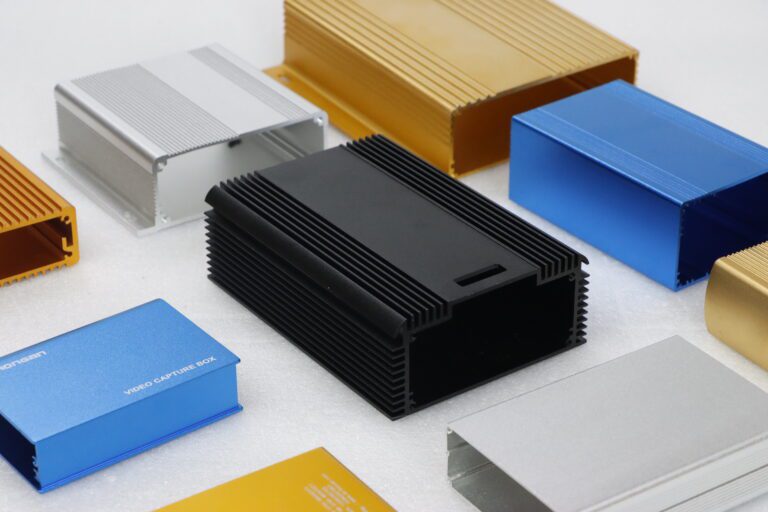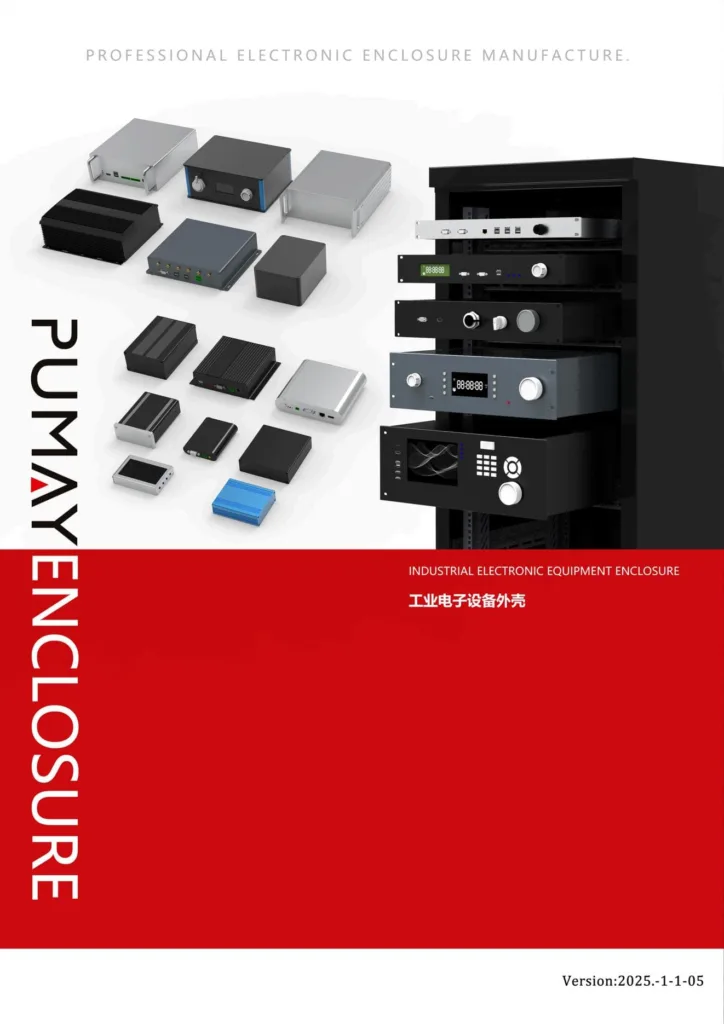You've designed a great product, but the finish on its enclosure scratches easily and corrodes. This makes your premium device look cheap and unreliable.
Anodizing is an electrochemical process[^1] that grows a hard, durable, ceramic-like layer on the surface of aluminum. It's not a coating like paint; it's an integral part of the metal. This makes it essential for creating a product that is durable, corrosion-resistant[^2], and professional-looking.
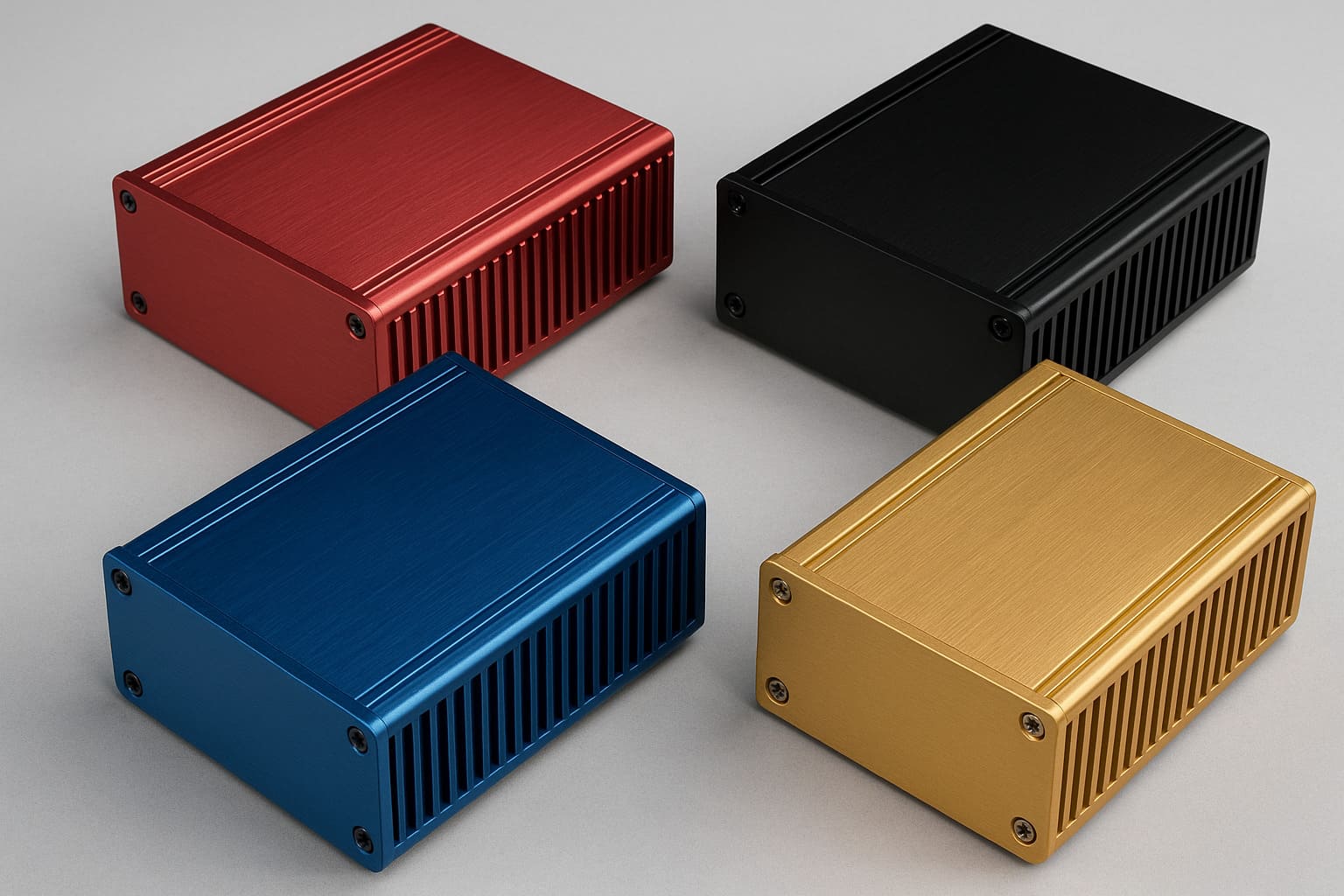 "The perfect anodized finish"
"The perfect anodized finish"
Over more than a decade in this business, I've seen surface treatment be the deciding factor between a successful product launch and a costly failure. A misunderstanding of anodizing can lead to everything from failed EMC tests[^3] to entire product batches being rejected for cosmetic flaws. It's one of those details that seems small but has a huge impact. Let's walk through the key things you need to know to get this critical step right and ensure your enclosure performs as well as it looks.
How is anodizing different from just painting it?
You see a black enclosure and think paint could do the job. But paint chips and peels, making your product look worn out and unprofessional fast.
Anodizing isn't a coating that sits on the surface; it's a layer that is grown from the aluminum itself. It's electrochemically integrated with the part, meaning it can't chip, flake, or peel off like paint, providing far superior durability.
 "Anodizing vs Paint Cross-Section"
"Anodizing vs Paint Cross-Section"
It’s Grown, Not Glued
I once had a client who tried to save a little money by powder coating their enclosures instead of anodizing them. The parts looked great initially. But during assembly, their technicians kept chipping the coating on the sharp edges while installing components. The final product looked flawed before it even shipped. We switched them to anodizing, and the problem disappeared completely.
The difference is the process.
The Anodizing Process in Simple Terms
We submerge your aluminum enclosure in a bath of sulfuric acid and pass an electric current through it. This forces the surface of the aluminum to react and grow a thick, uniform layer of aluminum oxide[^4]. Think of it like the crust on a loaf of bread—it's part of the bread, just with a different texture. Paint is more like butter spread on top; it's a separate layer that can be scraped off.
This fundamental difference leads to very different performance characteristics.
| Feature | Anodizing | Painting / Powder Coating |
|---|---|---|
| Bond | Integrated, molecularly bonded | Mechanical, surface-level adhesion |
| Durability | Cannot chip, flake, or peel | Can be chipped or peel off |
| Hardness | Extremely hard (ceramic layer) | Relatively soft (plastic layer) |
| Heat Transfer | Good, as it's a thin layer | Poor, acts as an insulator |
For any product that needs to withstand handling, use, and tough environments, anodizing is the far superior choice for long-term quality.
Will an anodized finish actually survive in the real world?
Your product will be used in the field where it will be dropped, scratched, and exposed to moisture. You worry the finish won't hold up.
Yes, it's one of the toughest finishes available. The aluminum oxide layer created by anodizing is incredibly hard—harder than steel—and provides excellent resistance to scratches, abrasion, and corrosion. It ensures your product's appearance and integrity last for years.
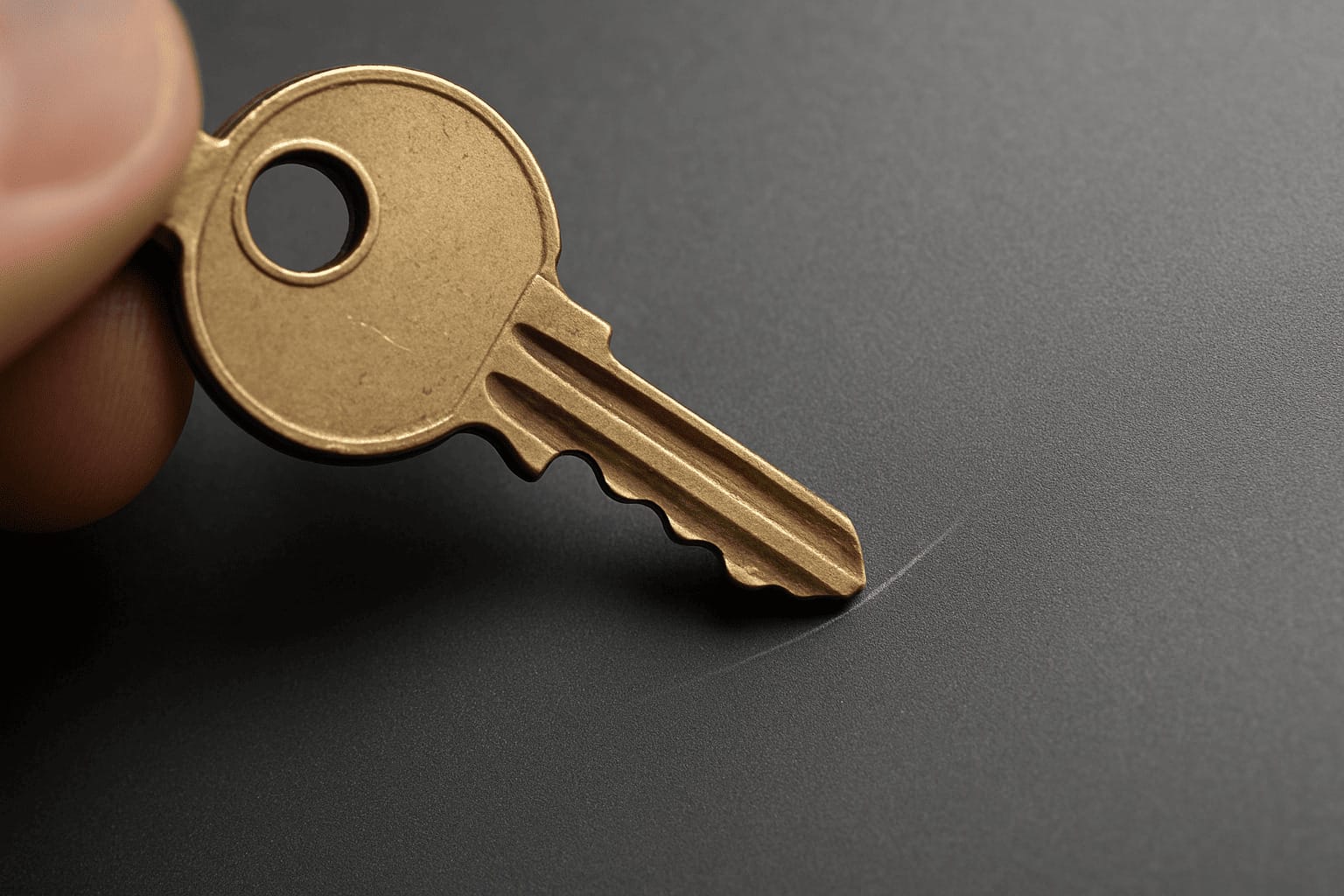 "Scratch resistance of anodized aluminum"
"Scratch resistance of anodized aluminum"
Building an Armor of Ceramic
We once made enclosures for a company that builds handheld data scanners for warehouse workers. These devices live a rough life. They are dropped, bumped against steel shelving, and handled constantly. The company chose a black anodized finish. After a year in the field, they sent some back for evaluation. They had scuffs and dings, but the black finish was still intact. The anodized layer had done its job, protecting the metal underneath.
Hardness and Scratch Resistance
The hardness of a material is often measured on the Mohs scale. Aluminum itself is quite soft, around 2.75. But aluminum oxide—the layer created by anodizing—is a 9 on the Mohs scale. For reference, diamond is a 10. This ceramic-like hardness is why anodized surfaces are so difficult to scratch with everyday objects like keys or coins. It provides a level of wear resistance that paint could never match.
Corrosion Resistance
Raw aluminum naturally forms a very thin oxide layer that protects it. Anodizing takes this natural process and makes it thousands of times better. The process grows a thick, non-porous layer that is then sealed. This seal prevents moisture, salt, and other corrosive elements from ever reaching the base aluminum. This is critical for any device used outdoors, in marine environments, or in industrial settings.
Can anodizing mess up my electrical grounding[^5]?
You've assembled your perfectly finished enclosure, but it's failing EMC tests. This is a nightmare scenario that can cause major delays while you troubleshoot.
Yes, this is a critical point. The anodized layer is an excellent electrical insulator. This can prevent proper electrical grounding[^5] between parts of your enclosure, destroying its ability to act as an effective EMC shield (Faraday cage[^6]).
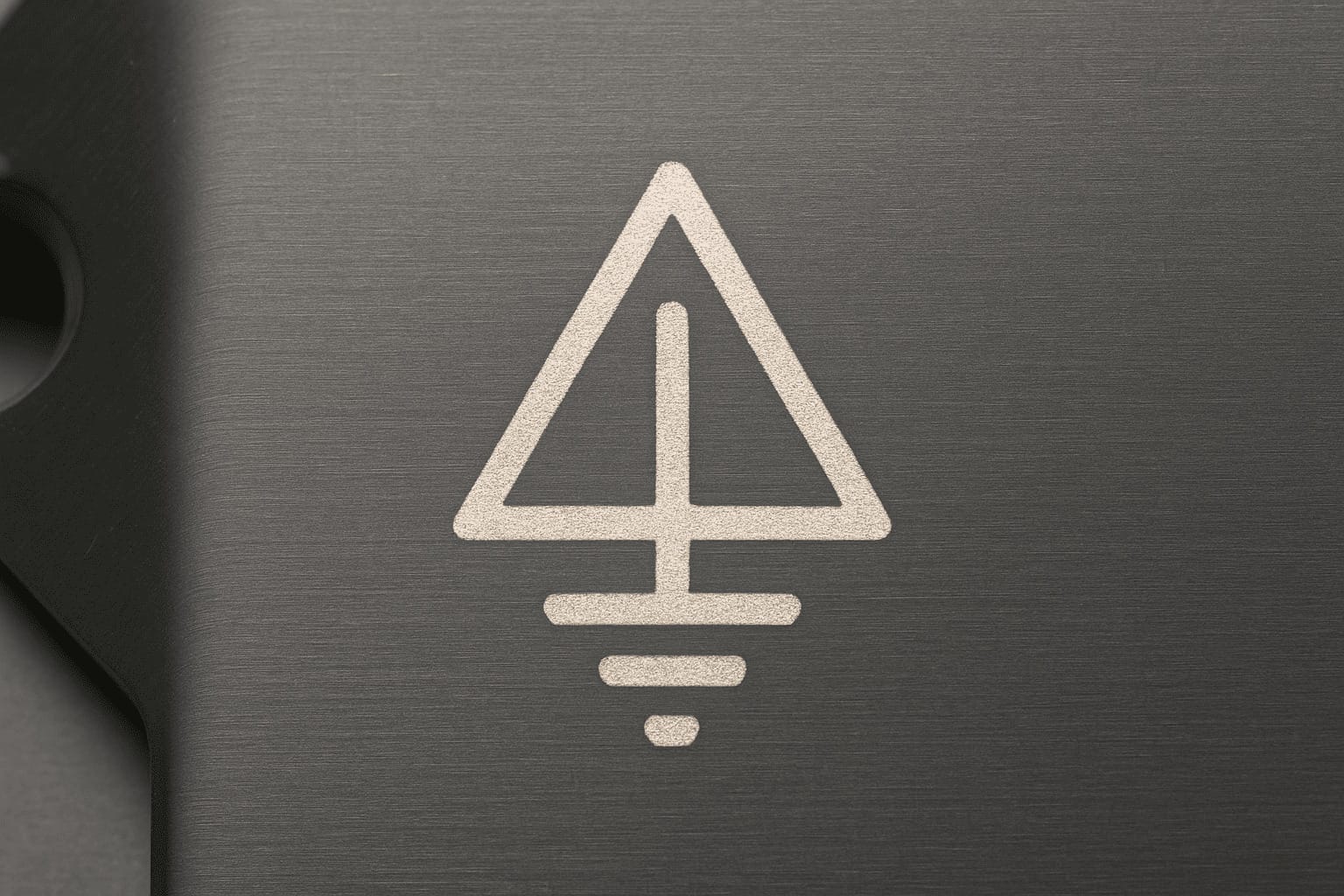 "Grounding point on an anodized enclosure"
"Grounding point on an anodized enclosure"
The Insulator Trap
This is one of the most common and painful lessons I see engineers learn the hard way. A client once developed a beautiful, sleek enclosure that was anodized black on all surfaces. When they tested it, the device was radiating so much electromagnetic interference that it failed certification immediately. The problem? The main extruded body was electrically isolated from the end plates by the anodized coating. The Faraday cage was broken.
The Insulator Problem
Aluminum oxide is a ceramic, and like most ceramics, it does not conduct electricity. When you anodize every surface, you are essentially wrapping your components in an insulating box. This prevents electrical currents from flowing through the enclosure, which is necessary for both safety grounding and for shielding sensitive electronics from outside interference.
Solutions for Proper Grounding
Thankfully, the solution is straightforward if you plan for it. We need to create points of contact where raw metal touches raw metal. We do this in a few ways:
- Masking: Before the parts go into the anodizing tank, we cover specific areas with special plugs, tapes, or chemicals. These areas are shielded from the anodizing process and remain conductive.
- Secondary Machining: After anodizing, we can use a CNC machine to carefully mill away the anodized layer in specific spots to expose the raw aluminum underneath.
- Laser Ablation: A high-precision laser can be used to "burn off" the anodized layer, creating very clean and precise conductive points, often marked with a grounding symbol.
Communicating these grounding locations on your drawing is one of the most important things you can do to ensure your product works right out of the box.
Which type of anodizing do I actually need?
You see terms like "Type II" and "Type III" and you're not sure which to choose. Picking the wrong one can mean paying too much or getting a finish that isn't durable enough.
For most electronic products, Type II is the right choice. It provides excellent cosmetic appearance[^7] and solid durability. Type III, or "hardcoat," creates a much thicker, harder layer for extreme industrial, military, or marine applications where maximum abrasion resistance is needed.
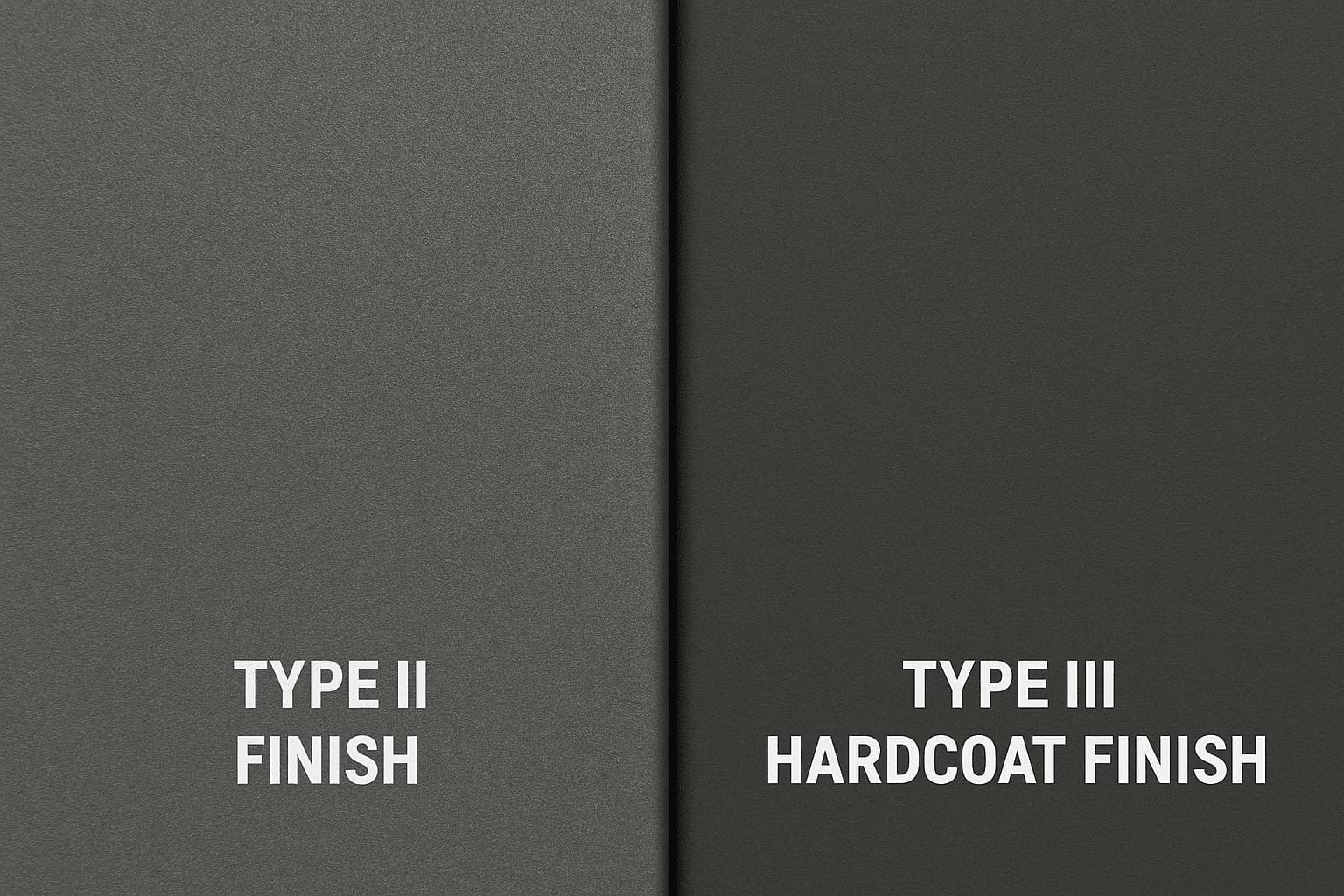 "Type II vs Type III Anodizing"
"Type II vs Type III Anodizing"
Choosing Your Armor Class
The "Type" refers to the specific process and the resulting thickness and density of the oxide layer. Choosing correctly is a balance between performance requirements and cost. I worked with a client making underwater cameras. They started with Type II anodizing. It held up reasonably well, but the constant abrasion from sand and equipment in the water eventually wore it down. We switched their production to Type III hardcoat. The added thickness and hardness of the hardcoat finish solved the wear problem for good.
Here's a clear breakdown to help you decide:
| Feature | Type II (Standard / Decorative) | Type III (Hardcoat) |
|---|---|---|
| Primary Goal | Cosmetic appearance, good durability | Maximum durability and hardness |
| Typical Thickness | 0.0002" - 0.001" (5-25 µm) | 0.001" - 0.004" (25-100 µm) |
| Hardness | Hard (RC 40-50) | Very Hard (RC 60-70) |
| Best For | Consumer electronics, instrument panels, most enclosures | Industrial machinery, military parts, high-wear components |
| Color Options | Wide range of vibrant colors | Limited, often darker shades (gray, black, dark bronze) |
| Cost | Standard | Higher (requires more energy and time) |
For most product engineers like Jeff, Type II is the perfect all-rounder. It delivers the premium look and feel[^8] and the robust protection needed for most applications without the extra cost of hardcoating. You only need to step up to Type III when you know your product is headed for a truly punishing environment.
Conclusion
Anodizing is a critical engineering choice, not just a color option. Understanding it ensures your product is durable, reliable, and looks professional for its entire life. Make the right choice.
---
[^1]: Discover the science behind anodizing and its advantages over traditional coatings.
[^2]: Learn how anodizing enhances aluminum's resistance to corrosion, ensuring longevity.
[^3]: Learn about the significance of EMC tests in ensuring product reliability.
[^4]: Understand the role of aluminum oxide in creating a durable anodized finish.
[^5]: Understand the challenges anodizing poses for electrical grounding.
[^6]: Understand the importance of grounding and shielding in electronic enclosures.
[^7]: Learn how anodizing enhances the visual appeal of aluminum products.
[^8]: Understand how anodizing elevates the aesthetic quality of products.
